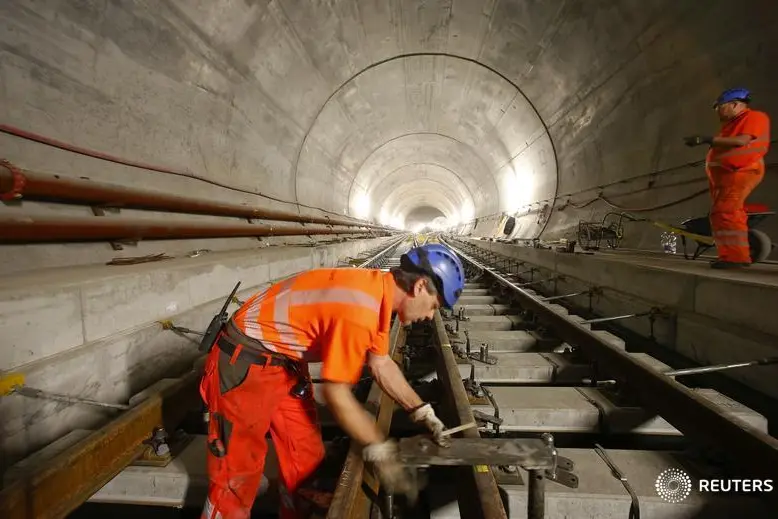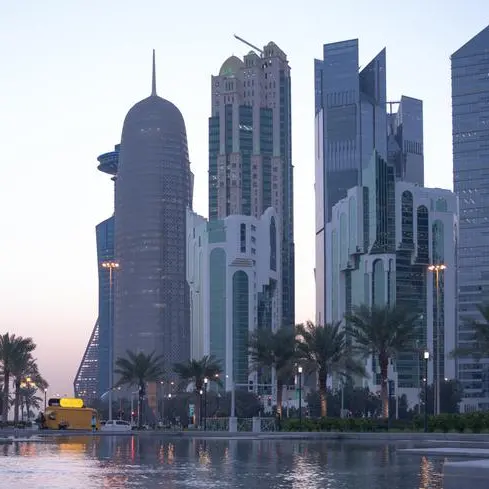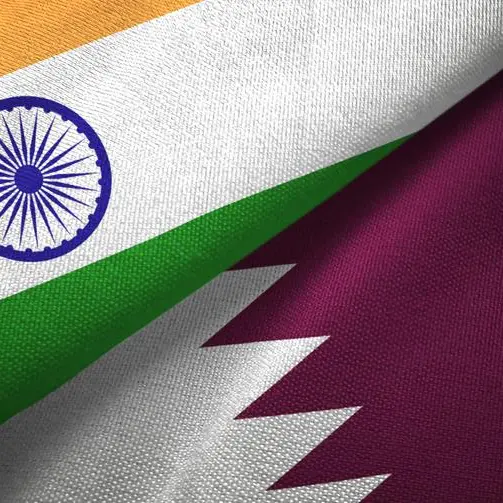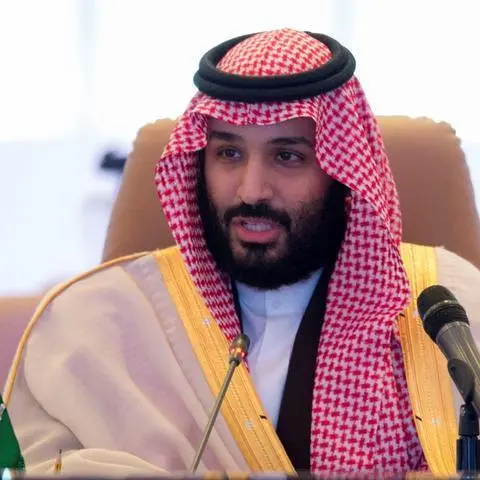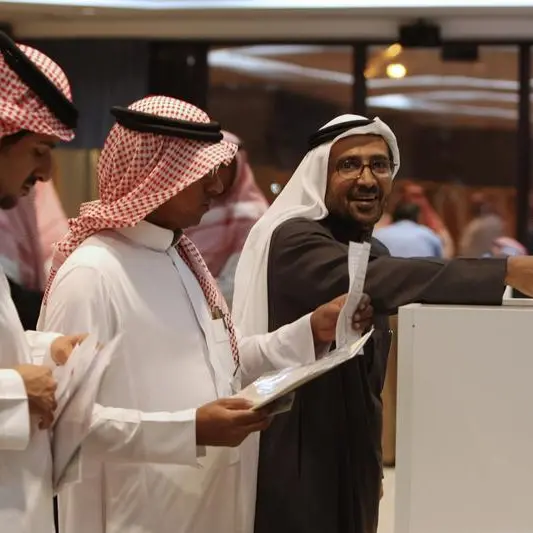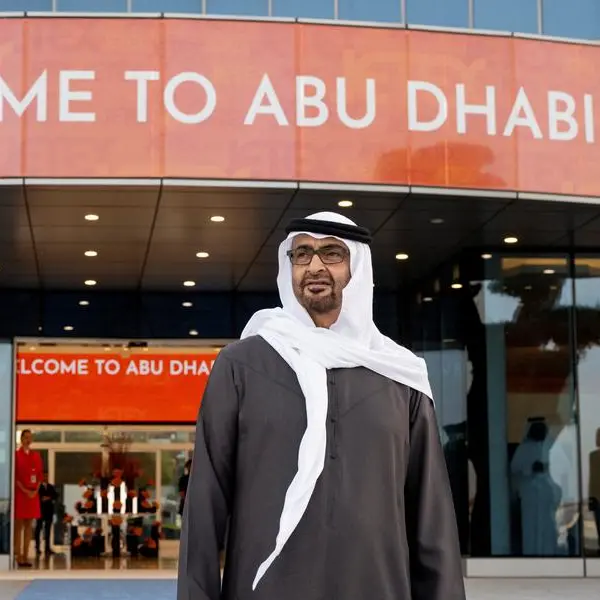PHOTO
Muscat: Plans are being drawn up for a rail network connecting Seeb in Muscat to Sohar, to help boost connectivity between the two cities.
The passenger railway is part of the Oman National Spatial Strategy (ONSS), a blueprint that looks at the planning of Oman’s cities for the next 20 years.
The strategy is a framework to control and direct urban growth, to improve connectivity between cities, and maximise opportunities to invest in the potential of governorates.
The rail line will also feed directly into a metro, which has been planned for Muscat, where it is expected to ply from Muttrah to Seeb.
The upgraded transport facilities are part of the ONSS plan of developing “multiple means of transportation, and to encourage movement without using private vehicles,” said a recent report.
“Muscat is an urban city of global importance with sustainable qualities, based on Omani values and culture,” added the report, which said the capital will have an “urban pattern alternating between medium and high density areas.”
As part of the redevelopment of the capital, Ghala will be the centre of its commercial activities, with revitalisation for Muttrah and Ruwi also planned.
The ONSS also looks at “allocating financial and regulatory incentives to certain sites that have specific economic functions, to attract investments and promote growth.”
Areas that could be subject to these incentives include commercial areas such as the airport zone and Ghala, research facilities in places such as Al Khoud and Halban, and industrial zones in Misfah and Rusayl.
Around the various metro stations being built will be multi-use areas for developments such as offices, retail stores, and residential areas. Wadis in Muscat are also to be turned into pedestrian walkways and parks, to provide people in the city opportunities to lead healthier lives.
“Monitoring and evaluation will be carried out in different stages, according to the pace of economic and population growth in the various governorates,” the ONSS report added.
“Updates will be conducted every five years for governorates with growing populations and accelerating economies, such as Muscat, North and South Batinah, and Dhofar, and every eight to 10 years for the rest of the regions.”
Urban planning for major cities is to be carried out every three years, to keep pace with demographic and economic changes. These are to be regularly updated.
© Muscat Media Group Provided by SyndiGate Media Inc. (Syndigate.info).
